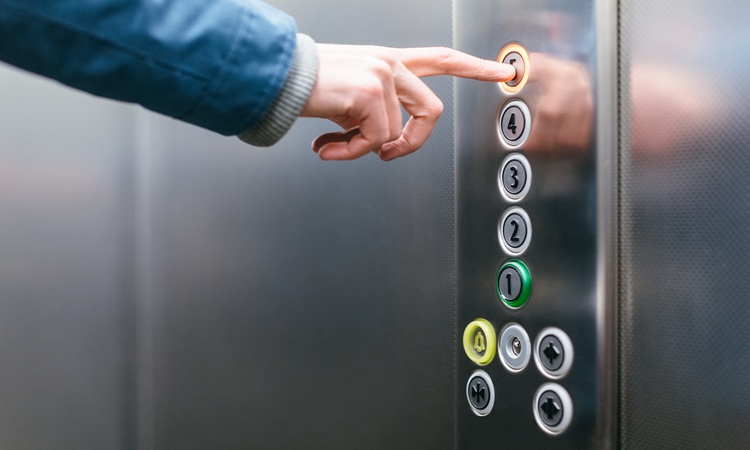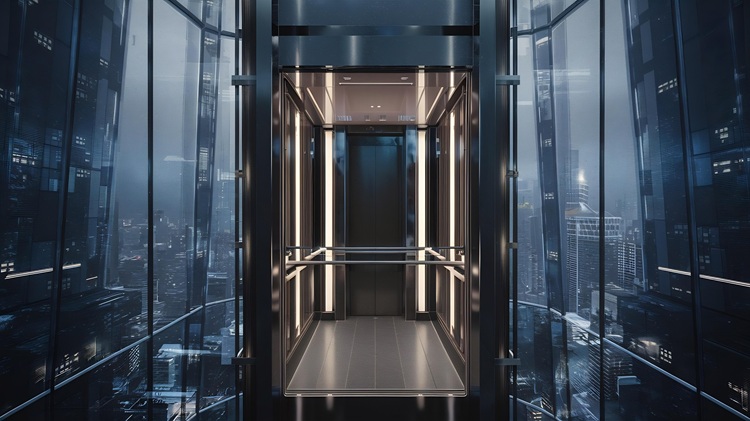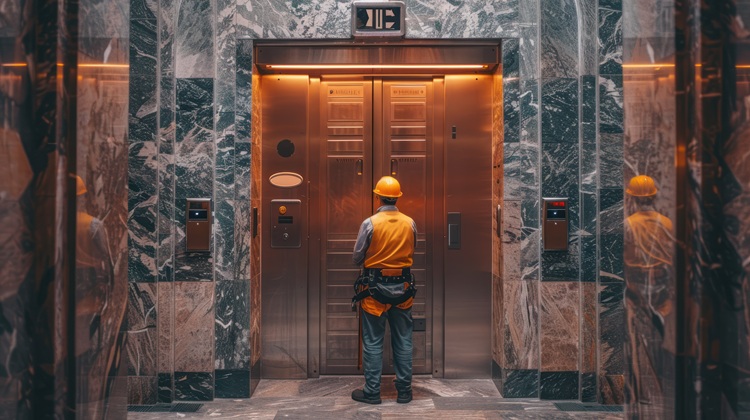A Comprehensive Checklist for Lift Maintenance
Post Date : Mar 01, 2024
Elevators are essential components of modern buildings, providing convenient vertical transportation for occupants and facilitating accessibility for people with mobility challenges. A comprehensive maintenance checklist helps elevator technicians and building managers conduct thorough inspections and address potential issues promptly. Here, we'll outline a detailed checklist for lift maintenance to uphold safety standards and maximize operational efficiency.
1. Visual Inspection:
Begin by visually inspecting the elevator cab, doors, and shaft for any signs of damage, wear, or unusual noises. Check for loose or frayed cables, worn-out rollers, and any debris obstructing the door tracks.
2. Door Operation:
Test the functionality of the elevator doors, including opening, closing, and reopening upon obstruction detection. Ensure that door timing and closing force comply with safety standards to prevent accidents.
3. Emergency Systems:
Test the emergency lighting, alarm buttons, and communication systems within the elevator cab to ensure they are operational in case of emergencies. Verify the functionality of the emergency stop button and phone communication with the building's security or emergency services.
4. Safety Features:
Check the operation of safety features such as overspeed governors, slack rope switches, and buffer systems. Ensure that these components are functioning correctly to prevent accidents and protect passengers in the event of a malfunction.
5. Electrical Components:
Inspect the electrical wiring, connections, and control panels for any signs of wear, corrosion, or overheating. Test the functionality of buttons, indicators, and displays to ensure they respond appropriately to user inputs.
6. Mechanical Components:
Lubricate moving parts, such as gears, bearings, and guide rails, to minimize friction and extend their lifespan. Check for excessive wear or misalignment in mechanical components and address any issues promptly to prevent further damage.
7. Drive System:
Test the operation of the elevator drive system, including motors, brakes, and traction mechanisms. Monitor motor performance and energy consumption to identify any irregularities that may indicate underlying issues.
8. Hydraulic System (if applicable):
Inspect hydraulic cylinders, valves, and pumps for leaks, corrosion, or fluid contamination. Check hydraulic fluid levels and pressure to ensure optimal performance and stability during operation.
9. Compliance with Regulations:
Ensure that the elevator complies with relevant safety regulations, building codes, and industry standards. Conduct periodic inspections and certifications by qualified professionals to verify compliance and mitigate liability risks.
10. Records and Documentation:
Maintain comprehensive records of all maintenance activities, including inspection dates, findings, repairs, and replacements. Keep track of equipment manuals, service contracts, and warranty information for reference and future maintenance planning.
11. Scheduled Lift Maintenance:
Establish a regular lift maintenance schedule based on manufacturer recommendations, usage patterns, and environmental factors. Schedule routine inspections, lubrication, and adjustments to prevent premature wear and breakdowns. Lift annual maintenance charges can be discussed with your provider.
12. Professional Service:
Engage qualified elevator technicians or certified maintenance contractors to perform specialized tasks and address complex issues. Ensure that technicians receive ongoing training and stay updated on the latest industry developments and safety protocols.
Adhering to a comprehensive lift maintenance checklist is essential for ensuring the safe and efficient operation of elevators in buildings. By conducting regular inspections, addressing issues promptly, and adhering to industry standards, building owners and managers can enhance the reliability, longevity, and safety of elevator systems. Prioritizing lift maintenance in Delhi not only minimizes downtime and lift annual maintenance charges but also fosters a safer and more comfortable environment for building occupants.

.jpg)




